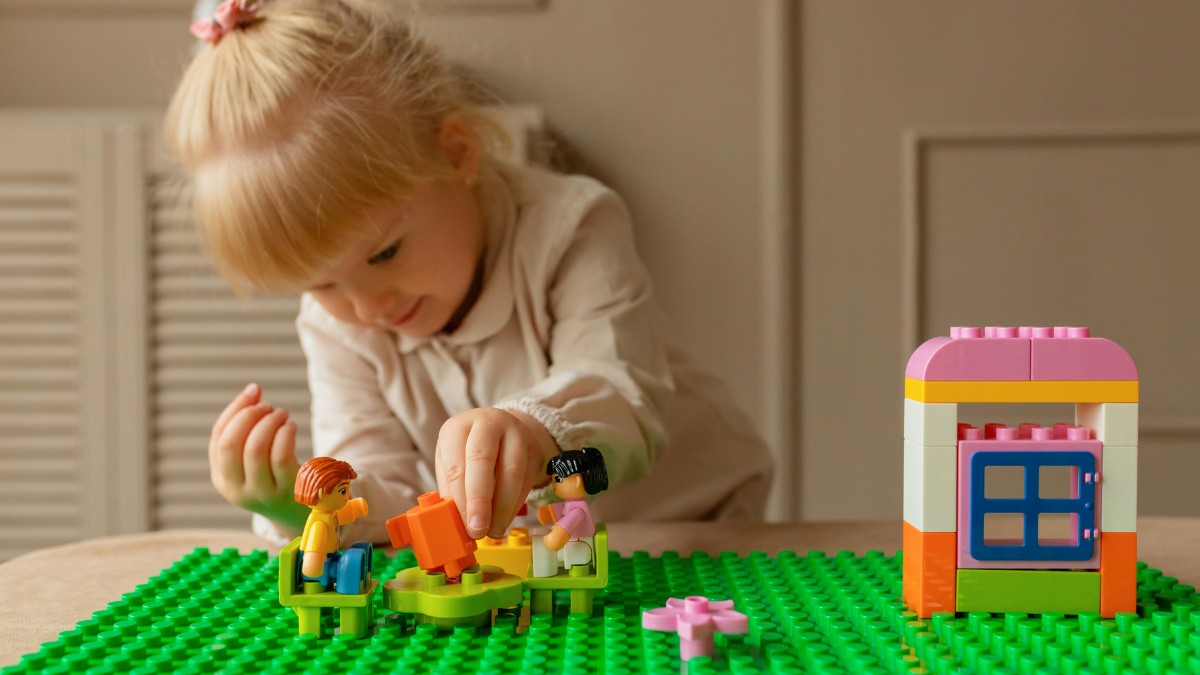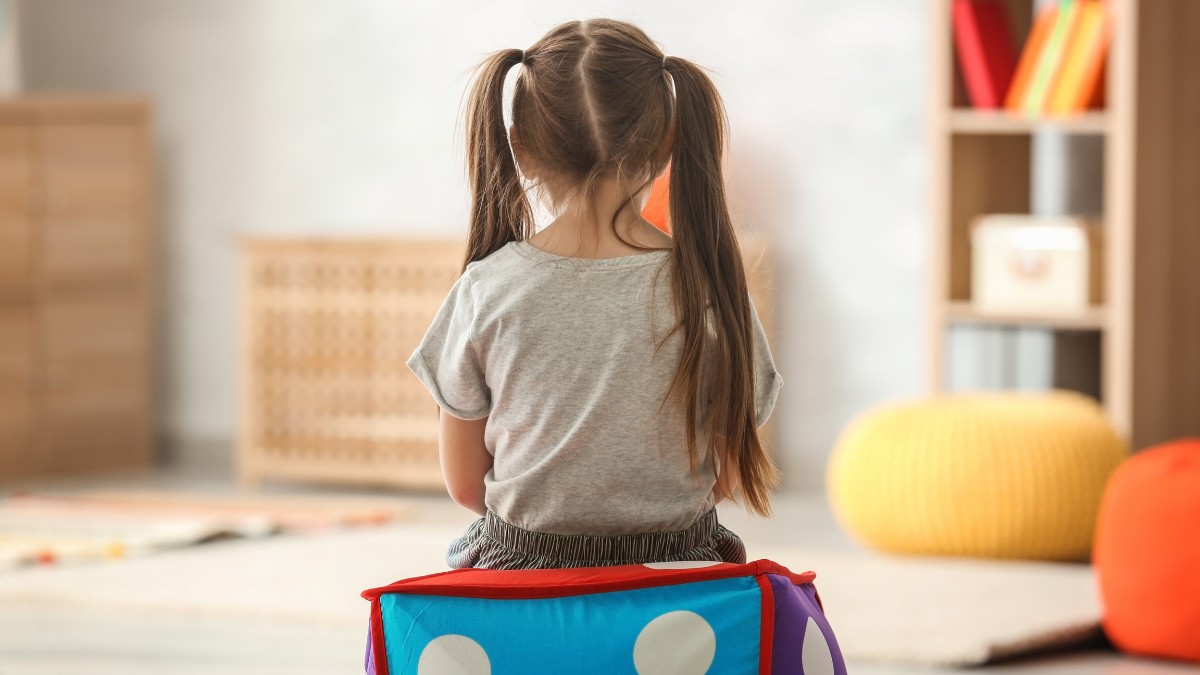What are the Effective Reinforcement Strategies at Home?
Discover effective reinforcement strategies at home for building strong foundations. Foster resilience, communication, and positive behavior.
.avif)
What are the Effective Reinforcement Strategies at Home?
Importance of Effective Reinforcement Strategies
In order to foster positive behavior and development in the home environment, it is crucial to implement effective reinforcement strategies. These strategies play a vital role in shaping and encouraging desired behaviors while promoting a supportive and nurturing atmosphere. By understanding the need for positive reinforcement at home and recognizing the impact of these strategies on behavior and development, caregivers can create strong foundations for their loved ones.

Understanding the Need for Positive Reinforcement at Home
Positive reinforcement involves providing rewards or praise to reinforce desired behaviors. It focuses on acknowledging and rewarding behaviors that align with family values, expectations, and rules. By using positive reinforcement techniques, caregivers can encourage good behavior, motivate their loved ones, and strengthen the parent-child relationship.
Positive reinforcement at home helps to:
- Enhance self-esteem and self-confidence
- Improve motivation and engagement
- Foster a sense of belonging and connection
- Encourage positive communication and cooperation
- Reduce negative behaviors and conflicts
Impact of Effective Strategies on Behavior and Development
Implementing effective reinforcement strategies has a significant impact on the behavior and development of individuals in the home environment. By utilizing these strategies consistently and appropriately, caregivers can cultivate a nurturing and supportive atmosphere that promotes optimal growth and development.
The impact of effective reinforcement strategies includes:
- Behavior Modification: Positive reinforcement techniques can shape and modify behaviors over time. By rewarding desired behaviors, individuals are motivated to repeat them, leading to positive changes in their behavior patterns.
- Character Building: Positive reinforcement helps individuals develop important character traits such as responsibility, empathy, and perseverance. By acknowledging and rewarding these traits, caregivers encourage the development of a strong moral compass.
- Emotional Well-being: Effective reinforcement strategies contribute to emotional well-being by promoting feelings of acceptance, love, and validation. This positive emotional environment fosters healthy attachment, self-regulation, and overall emotional development.
- Cognitive Development: Positive reinforcement techniques stimulate cognitive growth by encouraging individuals to think critically, problem-solve, and make informed choices. This supports cognitive development and the acquisition of important life skills.
- Relationship Building: Implementing effective reinforcement strategies strengthens the bond between caregivers and their loved ones. It creates a trusting and supportive relationship, enhancing communication, understanding, and mutual respect.
By understanding the importance of effective reinforcement strategies and their impact on behavior and development, caregivers can create a nurturing and supportive environment where individuals can thrive. The following sections will explore specific techniques and strategies that can be implemented at home to reinforce positive behaviors and promote healthy development.
Positive Reinforcement Techniques
To build a strong foundation at home, implementing effective reinforcement strategies is key. Positive reinforcement techniques can be highly effective in encouraging desired behaviors and promoting healthy development in individuals. Here are three essential positive reinforcement techniques to consider:
Verbal Praise and Encouragement
Verbal praise and encouragement are simple yet powerful ways to reinforce positive behavior. By acknowledging and appreciating the efforts and achievements of your family members, you can boost their self-esteem and motivation. Whether it's a simple "well done" or a specific compliment highlighting their actions, verbal praise can go a long way in shaping behavior and fostering a positive environment at home.
Reward Systems and Incentives
Reward systems and incentives provide a structured approach to positive reinforcement. These systems involve setting clear expectations and establishing rewards or incentives for meeting or exceeding them. Rewards can be tangible, such as small treats or privileges, or intangible, such as extra playtime or special activities. The key is to identify meaningful rewards that will motivate and encourage your family members to engage in desired behaviors consistently.
Setting Clear Expectations and Consequences
Clear expectations and consequences help establish boundaries and provide a framework for behavior. By clearly communicating your expectations and the associated consequences, you provide guidance and promote accountability. When setting expectations, be specific about what behaviors are desired and the reasons behind them. Equally important is the consistency in enforcing consequences so that individuals understand the direct relationship between their actions and the outcomes.
By utilizing these positive reinforcement techniques, you can create a supportive and nurturing environment at home. Verbal praise and encouragement empower individuals, reward systems and incentives provide motivation, and setting clear expectations and consequences establish a sense of responsibility and accountability. Remember to be consistent in implementing these strategies and adapt them to suit the unique needs and dynamics of your family.

Creating a Supportive Environment
To effectively reinforce positive behavior and foster healthy development at home, creating a supportive environment is crucial. This section explores three key strategies for building a supportive environment: establishing consistent routines, providing emotional support and encouragement, and encouraging independence and responsibility.
Establishing Consistent Routines
Consistency is key when it comes to establishing a supportive environment at home. By implementing consistent routines, you provide a sense of stability and predictability for your family. Routines help children understand what is expected of them and create a structure that promotes a sense of security and well-being.
Consider creating a daily schedule that includes regular times for meals, homework, chores, and bedtime. Displaying the routine visually, such as through a chart or calendar, can help children better understand and adhere to the schedule. Additionally, involving children in the creation of the routine can foster their sense of ownership and responsibility.
Sample Daily Routine
- 7:00 AM
- 7:30 AM
- 8:00 AM
- 12:00 PM
- 1:00 PM
- 5:00 PM
- 6:30 PM
- 8:00 PM
- 9:00 PM
Providing Emotional Support and Encouragement
Emotional support and encouragement play a significant role in creating a supportive environment. Show empathy and understanding towards your family members' feelings and experiences. Validate their emotions and provide a safe space for open communication.
Offer praise and recognition when your family members demonstrate positive behavior or achieve personal goals. Positive reinforcement through verbal affirmations, such as saying "I'm proud of you" or "Great job," can boost self-esteem and motivate continued positive actions.
Remember to also be patient and understanding during challenging times. Offer support and reassurance when your family members face difficulties, emphasizing that mistakes are opportunities for growth and learning.
Encouraging Independence and Responsibility
Encouraging independence and responsibility helps foster a supportive environment that promotes personal growth. Allow your family members to take on age-appropriate tasks and responsibilities, gradually increasing their level of independence over time.
Assigning chores and household responsibilities not only helps develop life skills but also instills a sense of contribution and ownership. Create a chore chart that clearly outlines each person's responsibilities, ensuring fairness and accountability within the family.
Encourage decision-making and problem-solving skills by involving your family members in family discussions and decision-making processes. This empowers them to take responsibility for their choices and actions while developing critical thinking skills.
By establishing consistent routines, providing emotional support and encouragement, and encouraging independence and responsibility, you can create a supportive environment that nurtures positive behavior and fosters healthy development within your family.
Communication Strategies
Effective communication is a vital component of reinforcing positive behavior and building strong foundations at home. By employing specific communication strategies, parents and caregivers can create a supportive environment that fosters understanding, cooperation, and growth. Here are three key communication strategies to consider:
Active Listening and Validation
Active listening involves fully engaging with the speaker and demonstrating genuine interest in their thoughts and feelings. This strategy allows you to understand your child's perspective and validate their emotions, fostering a sense of trust and openness.
Benefits of Active Listening and Validation
- Encourages open and honest communication
- Builds trust and strengthens the parent-child bond
- Validates the child's emotions and experiences
- Helps the child feel heard and understood
Open and Honest Dialogue
Open and honest dialogue forms the foundation for effective communication within the family. By creating a safe space for open discussions, parents can encourage their children to express themselves freely. This approach promotes problem-solving, empathy, and understanding.
Characteristics of Open and Honest Dialogue
- Encourages sharing of thoughts, feelings, and concerns
- Promotes mutual respect and understanding
- Fosters a sense of belonging and acceptance
- Supports effective conflict resolution
Problem-Solving and Conflict Resolution
Problem-solving and conflict resolution skills are essential for healthy relationships within the family. By teaching children how to identify and address conflicts constructively, parents empower them to navigate challenges and find resolutions.
Steps for Problem-Solving and Conflict Resolution
- Identify the problem or conflict
- Encourage active listening and understanding
- Brainstorm possible solutions
- Evaluate and select the best solution
- Implement the chosen solution
- Reflect on the outcome and adjust if necessary
By incorporating these communication strategies into your interactions at home, you can establish an environment that promotes effective reinforcement of positive behavior. Remember, effective communication is a continuous process that requires patience, empathy, and active participation from all family members.

Building Resilience and Confidence
Building resilience and confidence is an essential aspect of effective reinforcement strategies at home. By fostering a growth mindset, encouraging perseverance and resilience, and celebrating achievements and progress, parents and caregivers can help children develop the necessary skills to navigate challenges and thrive.
Fostering a Growth Mindset
A growth mindset is the belief that abilities and intelligence can be developed through effort and practice. By instilling a growth mindset in children, parents and caregivers can help them view challenges as opportunities for growth rather than as obstacles. Here are some strategies to foster a growth mindset:
- Encourage children to embrace challenges and see them as learning opportunities.
- Emphasize the importance of effort and hard work in achieving success.
- Provide constructive feedback that focuses on effort, progress, and improvement.
- Help children set realistic goals and develop strategies to achieve them.
Encouraging Perseverance and Resilience
Perseverance and resilience are key qualities that enable children to bounce back from setbacks and keep moving forward. Here are some ways to encourage perseverance and resilience:
- Teach children to see failures and setbacks as temporary and solvable.
- Encourage them to learn from their mistakes and find alternative approaches.
- Provide support and guidance while allowing them to solve problems independently.
- Model resilience by demonstrating perseverance and maintaining a positive attitude in the face of challenges.
Celebrating Achievements and Progress
Celebrating achievements and progress is an important aspect of reinforcing positive behavior and building confidence. Recognizing and acknowledging a child's efforts and accomplishments can boost their self-esteem and motivate them to continue striving for success. Here are some ways to celebrate achievements and progress:
Remember, the focus should be on the process and effort rather than solely on the outcome. By celebrating both small and significant achievements, parents and caregivers can help children develop a sense of pride, confidence, and motivation to continue their personal growth.
By fostering a growth mindset, encouraging perseverance and resilience, and celebrating achievements and progress, parents and caregivers can effectively reinforce positive behaviors and help children build resilience and confidence to navigate the challenges they encounter.
Consistency and Flexibility
Consistency and flexibility are key elements in effective reinforcement strategies at home. Balancing structure and flexibility, adjusting strategies as needed, and seeking professional support when necessary are important aspects to consider.
Balancing Structure and Flexibility
Maintaining a balance between structure and flexibility is crucial when implementing reinforcement strategies at home. While structure provides a sense of routine and predictability, flexibility allows for adaptation to changing circumstances. Finding the right balance ensures that rules and expectations are in place while allowing room for individual growth and development.
By striking a balance between structure and flexibility, you create an environment that fosters healthy growth and development while maintaining necessary boundaries.
Adjusting Strategies as Needed
No single approach to reinforcement will work for every child or every situation. It's essential to be flexible and adaptable when it comes to implementing strategies at home. Each child is unique, and what works for one may not work for another. By being observant and responsive to your child's needs, you can make adjustments to your reinforcement strategies as necessary.
Being willing to adjust your strategies demonstrates your commitment to supporting your child's growth and development and ensures that you are meeting their unique needs effectively.
Seeking Professional Support when Necessary
While many reinforcement strategies can be implemented effectively at home, there may be situations where additional support is required. If you find that your child's behavior or development is not improving despite your best efforts, it may be beneficial to seek professional assistance. A qualified professional, such as a therapist or counselor, can provide guidance, strategies, and support tailored to your child's specific needs.
Professional support can provide valuable insights and strategies to help you address complex issues and ensure the well-being and development of your child.
By maintaining consistency in your reinforcement strategies, being flexible and adjusting as needed, and seeking professional support when necessary, you are building a strong foundation for your child's growth, development, and overall well-being at home.
Sources
https://theplaceforchildrenwithautism.com/autism/using-effective-reinforcement-strategies-at-home
https://www.behaviornation.com/9-tips-for-using-reinforcements-effectively
https://behavioroptions.com/how-to-use-positive-reinforcement-effectively














